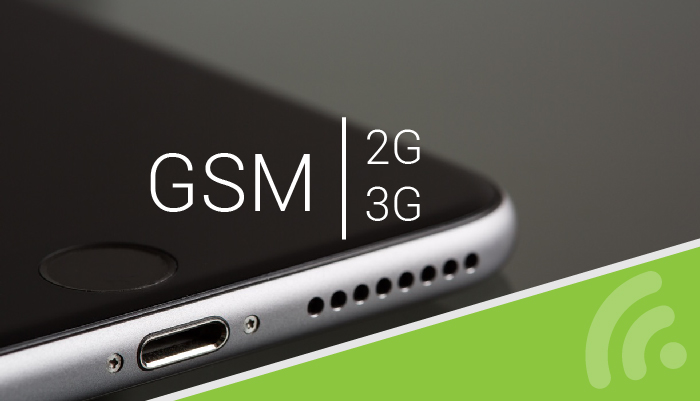The 2G mobile phone technology was introduced in the 1990s with the deployment of the digital signal, and it is still being used today in many places around the world. Its major improvement, compared to the previous technology, was the move from the analog to the digital signal, which allowed for decoding and line mobility. The 2G technology mainly uses GSM (Global System for Mobile Communications), TDMA, and CDMA.
2G is already established as the main conversation feature available, as it offers all the necessary tools for the carriers, however, most of the mobile telephony users today are using 3G, Brazilians included. The third-generation network, which launched back in the mid-2000s, mainly uses WCDMA or CDMA technologies and offers minimum speeds of 256 kbps, according to the IMT-2000 (International Mobile Telecommunications for the year 2000) standard. The maximum data speed in 3G reaches 14Mbps using HSPA and 21Mbps with HSPA+, which are both part of WCDMA.
Data traffic was introduced in intermediate versions of 2G, informally called 2.5 (GPRS – General Packet Radio Service, with speeds of up to 114kbps) and 2.75G (EDGE – Enhanced Data rates for GSM Evolution, with speeds up to 400kbps). However, it was only with 3G technology that the convergence of voice and data allowed the advancement of applications and Internet interactivity in smartphones, leading the mobile telephony to a massive growth.
3G and 2G Coverage in Brazil and in the World
Currently, 2G covers all municipalities in Brazil, being the largest voice communication medium used in mobile telephony. Data presented at the Teleco website in April this year also indicate that 2G still has a significant number of users in Brazil, with approximately 42 million active cell phones. On the other hand, the same website informs that 3G covers 98.3% of the Brazilian territory, with more than 108 thousand active users.
While its users are clearly abandoning 2G, carriers are still far from actually phasing this service out. However, unlike Brazil, some countries such as Singapore and South Korea are already decommissioning the 2G networks, freeing up frequency bands for more current technologies like 4G networks.
Likewise, 4G has been gaining momentum and users all over the world. Due to the peculiarity of the Brazilian market, the use of this technology in Brazil is still restricted. Despite the increase in the number of 4G-ready smartphones, the costs for developing the 4G structure are still high and its signal is weaker than that of its predecessor.
Khomp’s portfolio of products including these technologies
In order to meet the demands of the current scenario, Khomp’s portfolio includes products that support both 2G and 3G technologies. This is the case for products that use GSM exclusively, such as EBS GSM and the telephony modules for the KMG MS media gateway line-up. Products with hybrid interfaces have recently gained support for 3G networks and will soon be commercially available. These would be the EBS Modular, EBS Server Modular and the recently launched UMG Modular.
To know more about Khomp GSM products, click here.
References:
http://www.teleco.com.br/3G_cobertura.asp
http://www.teleco.com.br/tecnocel.asp
https://www.singtel.com/about-Us/news-releases/singapore-cease-2g-services-april-2017
https://opensignal.com/reports/2016/08/global-state-of-the-mobile-network

